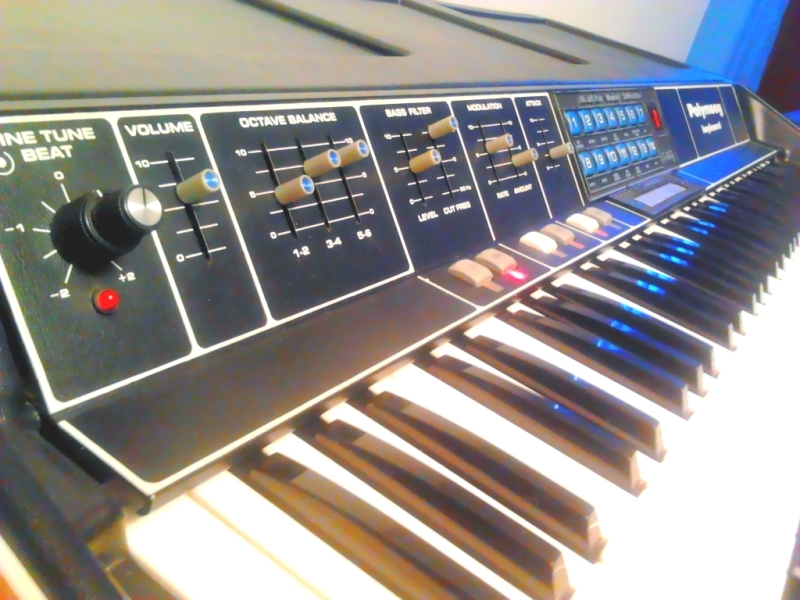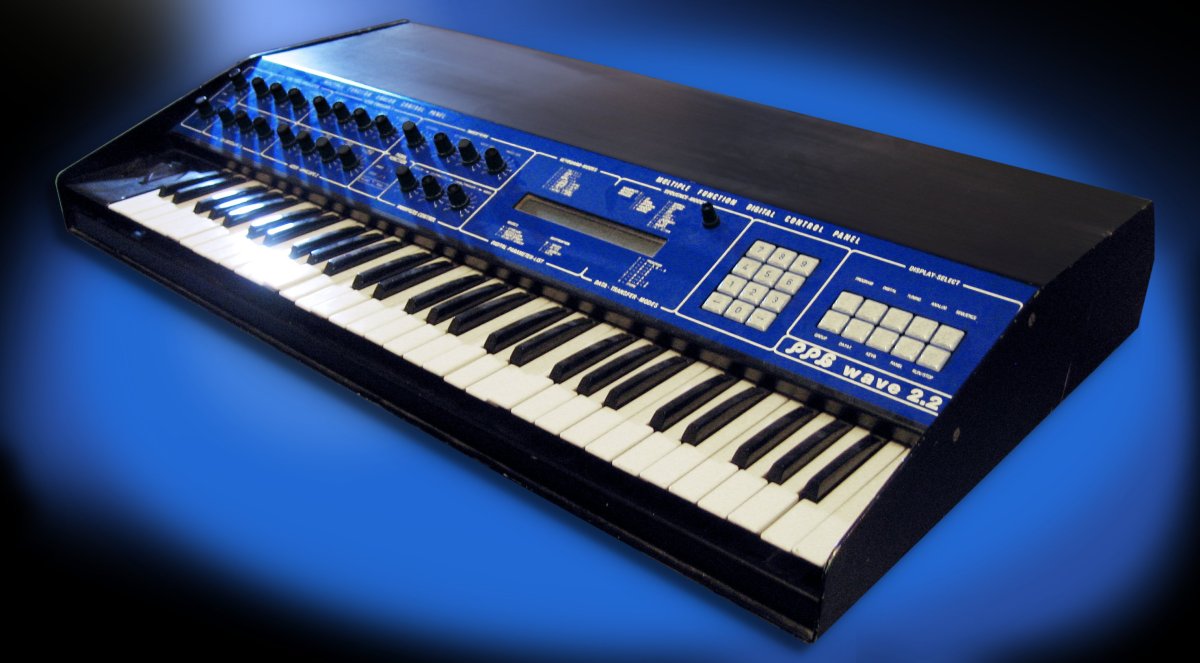The Polymoog is a polyphonic analog synthesizer manufactured by Moog Music in the 1970s. It was one of the first polyphonic synthesizers available to musicians and was known for its rich, expressive sound and versatility.
The Polymoog was first introduced in 1975 as a follow-up to the popular Minimoog monophonic synthesizer. The Polymoog featured a 71-note weighted keyboard and was capable of producing up to six voices simultaneously, making it a popular choice for musicians who wanted to add a more complex and dynamic sound to their music.
One of the key features of the Polymoog was its use of filtering, which allowed users to shape the synth’s sound in various ways. The synth featured a 24dB/octave resonant low-pass filter, which could be used to create a wide range of sounds, from subtle to extreme. Additionally, the Polymoog featured a 3-band equalizer, which allowed users to adjust the balance of bass, midrange, and treble frequencies.
The Polymoog also featured a variety of modulation sources, including an LFO, a sample-and-hold generator, and an envelope generator. These tools allowed users to add movement and variation to their sounds, creating a wide range of textures and effects.
The Polymoog’s sound generation was based on subtractive synthesis and featured a voltage-controlled oscillator. The Polymoog also featured a noise generator, which could be used to add percussive or other natural sounds to the synth’s sound palette.
Despite its popularity, the Polymoog was in production for only a few years, and production was halted in 1980. However, the Polymoog has become a cult classic and is still highly sought-after by synth enthusiasts today. Its rich, expressive sound and versatility make it a popular choice for musicians looking to add a unique and dynamic sound to their music.
Used by:




